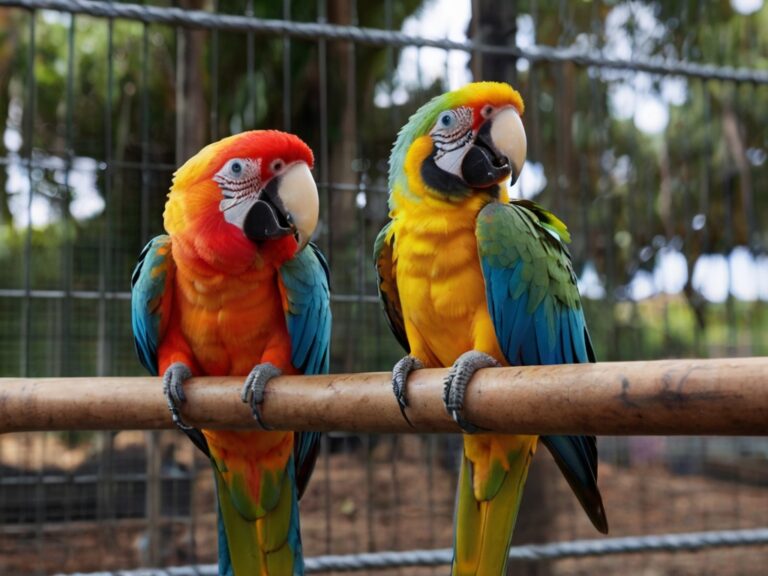LPS seems to strike during the Australian summer months, particularly between October and June, with December, January, and February showing the highest numbers of affected birds. Wildlife care facilities work tirelessly during this period to nurse the paralyzed parrots back to health, though many do not survive due to malnutrition and illness upon arrival.
Robyn Gray, a wildlife coordinator, is currently caring for over 80 lorikeets and recalls losing 1,500 to LPS four years ago. Despite extensive testing by various institutions, including the University of Sydney, the exact cause of the disease remains elusive.
Initially thought to be linked to mango consumption, researchers ruled out alcohol poisoning and are exploring the possibility of pesticides or fungicides sprayed on the fruit. However, tests on the fruits have yielded no conclusive evidence. Another theory suggests the disease may be triggered by toxins forming within specific fruits as they ripen during the summer.
To further investigate, researchers from the Lorikeet Paralysis Syndrome Project are seeking public input on the birds’ feeding habits in the wild, especially after extreme weather events. Intriguingly, LPS appears to have connections to mysterious conditions in non-bird species like flying foxes, prompting concerns about potential impacts on ecosystems and even human health.
As scientists continue their investigations, the enigma of lorikeet paralysis syndrome raises broader questions about the interconnectedness of wildlife health and the need for protective measures to safeguard vulnerable species.


0 Comments